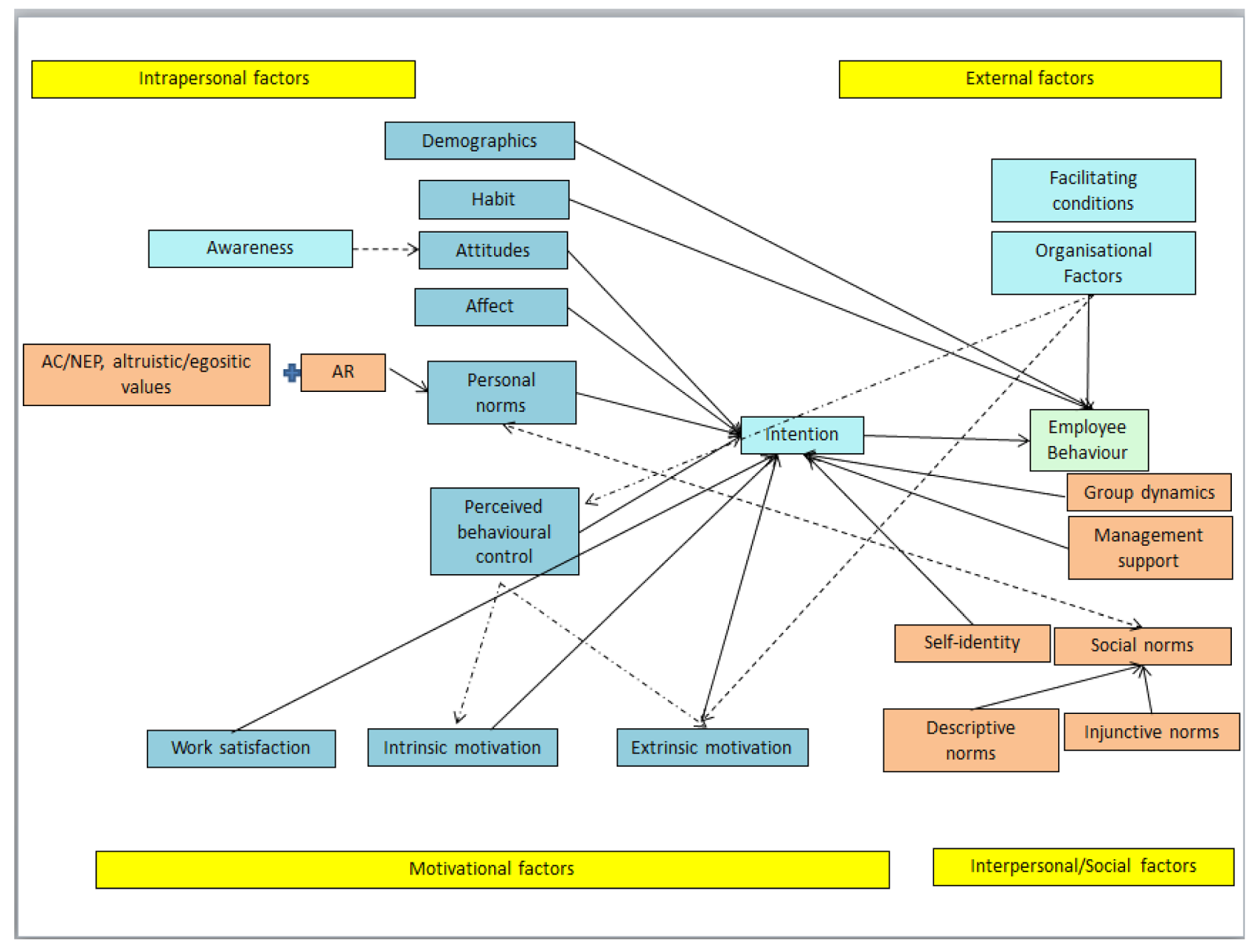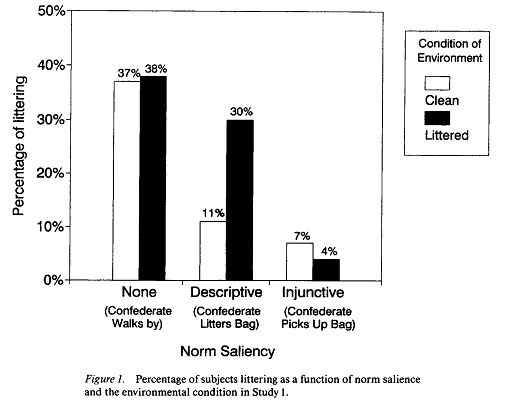Projection as an Interpersonal Influence Tactic

Jurnal: Rucker, D. D., & Pratkanis, A. R. (2001). Projection as an interpersonal influence tactic: The effects of the pot calling the kettle black. Personality and Social Psychology Bulletin , 27 (11), 1494-1507. Note : Ini hanya sebuah catatan pribadi, mohon rujuk sumber asli Projection as an Interpersonal Influence Tactic: The Effects of the Pot Calling the Kettle Black Derek D. Rucker Ohio State University Anthony R. Pratkanis University of California, Santa Cruz In his analysis of Nazi propaganda, Ellis Freeman identified an influence tactic based on projection: accusing another person of the negative traits and behaviors that one possesses and exhibits with the goal of deflecting blame away from one’s own misdeeds and toward the accused. Although the use of projection as an influence tactic is not limited to fascist regimes and its consequences can be socially devastating, the projection tactic has not been subjected to experimental analysis...



